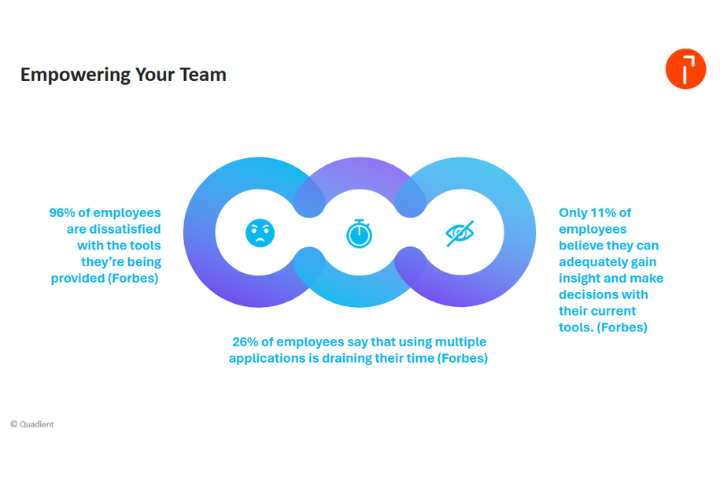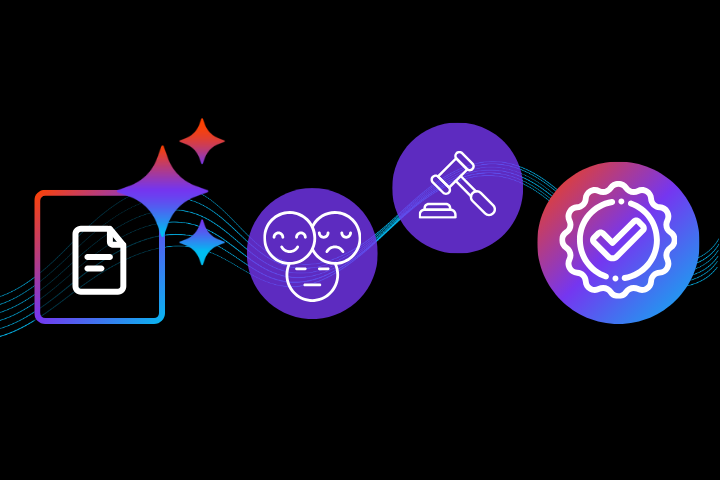Introduction
Accounts receivable (AR) refers to the money a business is owed by its customers for goods and services that have been rendered but have yet to be paid for. Accounts receivable also refers to a business department or team. These business professionals manage the books, send invoices, process payments, and contact customers who haven’t paid their bills on time. The work of AR is extensive and cumbersome. It’s also prone to accounting errors. For this reason, AR automation was invented. Continue reading for more on AR automation.
What is accounts receivable automation?
In simple terms, AR automation is to accounts receivable what a calculator is to doing long-division by hand. AR automation is technology that processes payments, sends invoices, and can even contact customers about approaching or overdue bills.

AR automation technology streamlines a business’s financial transactions and makes almost zero errors doing it. This saves businesses significant time and money. The main appeal of AR automation, though, is its ability to reduce bad debt write-offs.
Components of accounts receivable automation

- Generating and distributing invoices – the pillar of accounts receivable. AR automation generates and distributes invoices in a timely fashion, accelerating payment to the business that provided the goods or services.
- Automated email correspondence – AR automation users can set email reminders to be sent to customers, reminding them when a payment is due (or if a payment is overdue, politely, of course).
- Multiple payment methods – AR automation offers customers a variety of methods to pay their bills: checks, credit cards, wire transfers, etc.
- Matching transactions – since most customers make their orders on credit, incoming payments can occasionally be placed into the wrong accounts. With AR automation, this is unlikely to happen.
- Credit risk management and data reporting – similar to the component above, AR automation offers businesses the ability to identify customers who have patterns of making late payments or defaulting on their payments.
- Credit disputes – AR automation delivers quick resolutions to invoicing issues, such as if a customer disputes a charge or the invoice needs to be amended.
Advantages of accounts receivable automation
By now you know that AR automation helps businesses optimise their accounts receivable process. Here you will get a better idea of how this is accomplished and the benefits AR automation offers.
- With faster invoices comes faster payment from the customer. This means reducing DSO. DSO stands for days sales outstanding: the average number of days it takes for a company to receive payment from its customers.
- E-invoicing saves businesses plenty of money. Paper, ink cartridges, postage, and delivery fees become a thing of the past. Labour costs are significantly reduced as well.
- Reduction of errors, such as duplication of invoices and billing disputes, problems that can take considerable time to rectify. With improved data consistency comes better relations with customers.
- Enhanced reporting on the progress of customer payments. AR automation uses an online dashboard with high-tech data visualisation. This offers its users the ability to categorise unpaid customer receivables, which comes in handy when a business is juggling multiple customers with different payment plans.
- If a business has customers in different countries, it may be confronted with different invoicing laws and regulations. This is an area ripe for an accounting error. AR automation will do a better job of keeping these regulatory differences in mind.
Choosing the right AR automation software for your business
Before you do anything, you should evaluate your current accounting system. Start a dialogue with the employees who currently perform the work – they’ll know of any unique AR requirements your business has, such as specific formats to accommodate accounts they service in different countries.
- Go with an open platform – your customer portals are probably equipped with AR automation software, too. You’ll want your platform to be compatible with theirs.
- Doing business in other countries may require different platforms – similar to how trying to send an Interac e-transfer in other countries doesn’t always work, sending electronic invoices in other countries may not work either. If you’re doing business in foreign markets, we suggest you choose a platform that operates in foreign markets.
- Flexible formatting – you may be ahead of the innovative curve, but your customers might not be. Fortunately, AR automation doesn’t always preclude other formats. If one of your customers prefers the old-school method of paper invoices, there are AR platforms that can accommodate that.
- Pick a platform that understands your business – now that you’ve given attention to your customer’s needs, it’s time to give attention to your own. The platform you choose should be the platform that requires the least intervention in your current business processes (i.e., your ERP systems).
Now that you’ve gathered the specifics of your own business from your AR colleagues and you’ve educated yourself more generally on how to choose the right AR automation software for your business, it’s time for consultations.
Most AR automation software providers offer consultations. What these consultations offer you is the chance to zoom in on the comparative advantages of different service providers.
You will also gain perspective from someone outside of your business who will likely see something none of you are seeing about your accounts receivable. And, almost needless to say, these folks know a lot about technology.
Quadient’s accounts receivable automation software platform
Quadient’s AR automation platform is SaaS based, meaning that it operates in the cloud, whereby the service provider offers the application to clients over the internet.
The platform also offers predictive analytics to improve your business’s productivity. It accomplishes this by speeding up your collection process and therefore increasing working capital (cash flow). With faster collections comes a reduction in DSO, as well.
The platform consolidates all the AR information in one place. All client data, communications, tasks, invoices, and payments can be found on one easy-to-navigate dashboard.
Quadient AR has been noted for its easy-to-use software and smooth integration into a business’s existing ERP.
Conclusion
Aside from the technological advantages mentioned above, AR automation software offers the advantage of freeing employees to do more purposeful work. Sifting through paperwork is tedious, and computers are simply just a lot better at it than humans are. It’s hard to imagine many accounts receivable employees would protest that.
Considering how many outstanding receivables simply turn into bad debt and that many U.S. businesses have 24% of their monthly revenue in overdue invoices it’s clear that something needs to change.








